Discover how VA Pods—a modern, async-first approach to virtual assistant staffing—unlock 24/7 productivity, improve team alignment, and reduce burnout. Learn how to implement one and scale smarter.
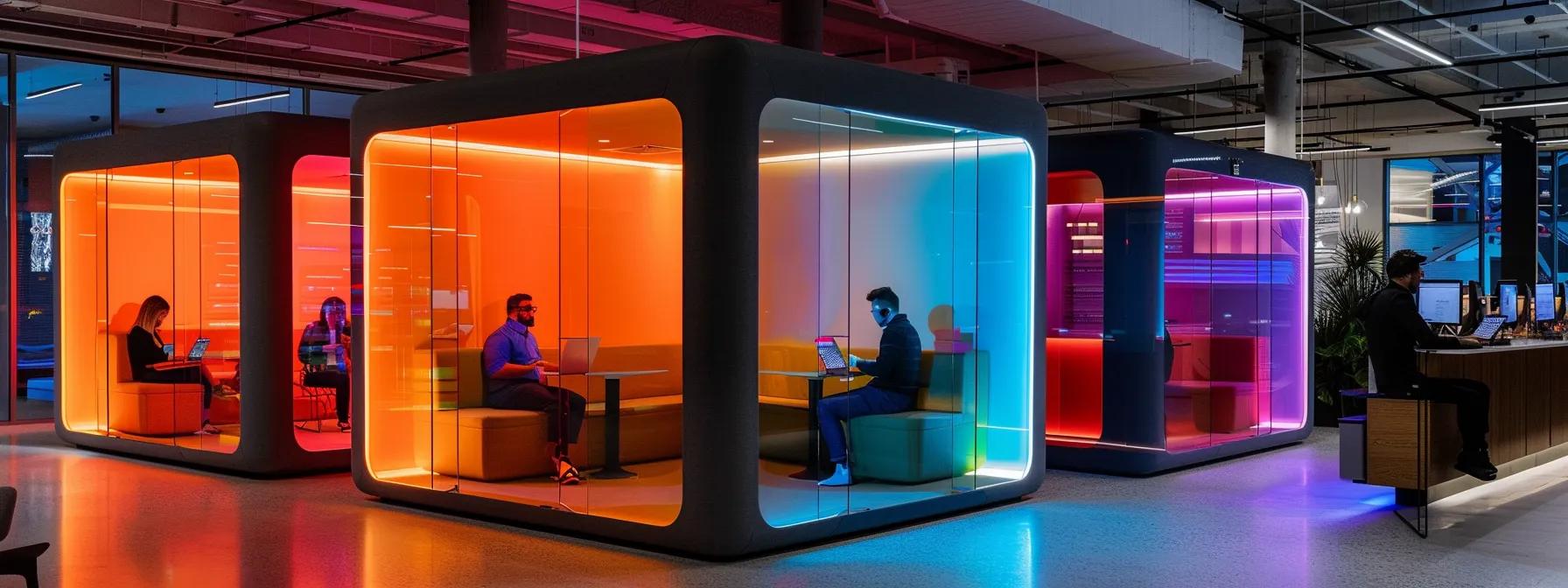
The Async Advantage: How VA Pods Boost Virtual Assistant Productivity and Help Teams Work Around the Clock
In today’s globalized business environment, companies increasingly rely on virtual assistant (VA) services to access a broader global talent pool, streamline operations, reduce administrative overhead, and support critical human resources functions. As remote work becomes the norm, managing a dispersed workforce of virtual assistants presents new challenges—particularly around synchronization, communication, and performance visibility. This is where VA Pods come in: a scalable model that organizes VAs into cohesive, asynchronously operating units spread across multiple time zones.
Unlike traditional team structures reliant on real-time meetings or synchronous project management software like Microsoft Teams or Zoom, VA Pods are built for asynchronous communication and autonomy. They use modern async collaboration tools—such as Threads, ClickUp, Notion, and Loom—to enable efficient task management, reduce meeting fatigue, and preserve valuable focus time. This results in smoother onboarding, lower stress levels, and higher job satisfaction across the workforce.
By decoupling productivity from physical presence or time-zone alignment, VA Pods empower companies to delegate routine tasks such as ticket processing, research, client onboarding, and reporting with greater speed and clarity. These pods operate using agile methodologies and well-defined SOPs that foster clarity of goals, minimize groupthink, and reduce the leadership bandwidth typically required to manage junior hires. Asynchronous workflows also encourage deeper brainstorming, clearer written communication, and better decision-making—benefits supported by recent studies on how async environments improve message quality and reduce cognitive overload on the brain.
The shift toward hybrid work has further accelerated the need for systems that support asynchronous collaboration. Companies that embrace async-first models report higher retention, better alignment, and reduced reliance on non-verbal cues like body language or in-person behavior, which are often lost in traditional conference calls. VA Pods represent not just a staffing solution, but a strategic operating model that supports distributed knowledge sharing, enhances community-building, and unlocks scale without burnout.
This article explores how VA Pods differ from solo VA hiring, outlines how to request a demo of an async-ready VA Pod, and provides best practices for implementation—spanning everything from project management and task delegation to async communication norms and leadership strategies. With real-world use cases, measurable ROI, and talent strategies proven to save time and money, VA Pods are redefining what high-output, low-overhead teams look like in the async era.
For a deeper dive into async communication, hiring best practices, and industry use cases, visit sinq.com.
What Is a VA Pod and How Does It Enable 24/7 Business Operations?
A VA Pod is a structured unit of virtual assistants who collaborate within a defined framework (for-global-talent), enabling continuous operations regardless of time zone differences. Unlike traditional virtual assistance—where individuals work independently during fixed hours—VA Pods operate asynchronously, optimizing human-resources strategies. Team members in various geographic locations complete tasks at different times, ensuring that essential functions are always active while sustaining productivity. For additional insights, please refer to our FAQ section or contact us via sinq.com for further details.
In a typical VA Pod model, teams are organized by specialized skill sets such as administrative support, social media management, data analysis, human-resources, or customer service. Tasks are distributed according to expertise and availability, thereby establishing a 24/7 operational cadence. For example, a marketing project might begin in one time zone and be seamlessly continued in another, with for-global-talent specialists collaborating closely with the sinq.com sales team, dramatically reducing turnaround times. In addition to efficient task delegation, VA Pods incorporate structured feedback loops, routine performance assessments, and shared digital tools—often highlighted on their blog—to further enhance overall team effectiveness. The inherent asynchronous design also provides redundancy; if one team member is offline, another can promptly continue the work. This resilience minimizes downtime and strengthens competitiveness in global markets. For further details, refer to the FAQ or get in touch via contact.
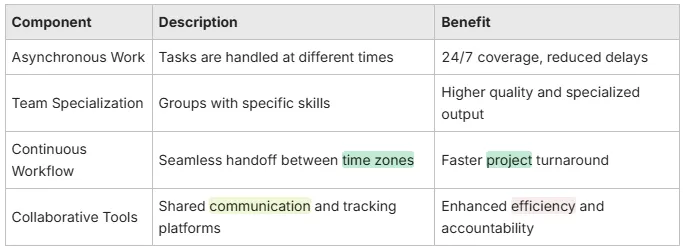
How Does Asynchronous Work Improve Team Efficiency With VA Pods?

Asynchronous work enhances team efficiency by decoupling task execution from fixed schedules. Virtual assistants can work during their most productive hours, which not only improves speed and quality but also helps prevent burnout and reduces turnover.
When team members work asynchronously, they respond to tasks as soon as they are available rather than waiting for synchronous meetings. By using task management platforms and shared workspaces, everyone stays updated on project status in real time without needing live check-ins. This integration of digital tools ensures streamlined workflows, prevents redundant efforts, and clarifies task responsibilities.
Key benefits include increased flexibility, enhanced creativity, and uninterrupted project progress even across geographical separations. For instance, a VA in one region might complete data entry or initial research, then pass the task to a colleague in another region for follow-up—eliminating delays from waiting on responses. Standardized protocols for status updates and document sharing further support smooth asynchronous communication, allowing businesses to harness a collective talent pool for superior outcomes.
What Types of VA Pods Are Available for Different Business Needs?
VA Pods have evolved into specialized configurations designed to meet diverse operational requirements. They are typically divided based on the support they provide:
1. Administrative Pods – Comprehensive Scheduling and Client Management These teams manage calendar scheduling, travel arrangements, and routine customer service tasks, making them ideal for small to mid-sized enterprises aiming to cut overhead costs.
2. Marketing Pods – Social Media, Content, and Campaign Management Focused on creative tasks, these pods support online engagement by handling content creation, social media strategy, and promotional activities to maintain a consistent brand presence.
3. Technical Support Pods – IT, saas, and Customer Service Assistance For technology-driven companies, these specialized pods deliver technical support and troubleshooting around the clock, minimizing downtime and ensuring enhanced user satisfaction.
4. real estate Pods – Lead Generation and Transaction Coordination These pods excel in client outreach, property management, and market analysis, enabling faster deal closures and improved communication with potential buyers.
5. Healthcare Pods – Medical Administrative and Patient Care Support Focused on appointment scheduling, patient follow-ups, and record management, these pods streamline healthcare operations and ensure adherence to regulatory requirements.
By offering tailored solutions, VA Pods allow organizations across industries to leverage asynchronous work to meet unique challenges and improve operational effectiveness.
How Does Asynchronous Work Improve Team Efficiency Within VA Pods?
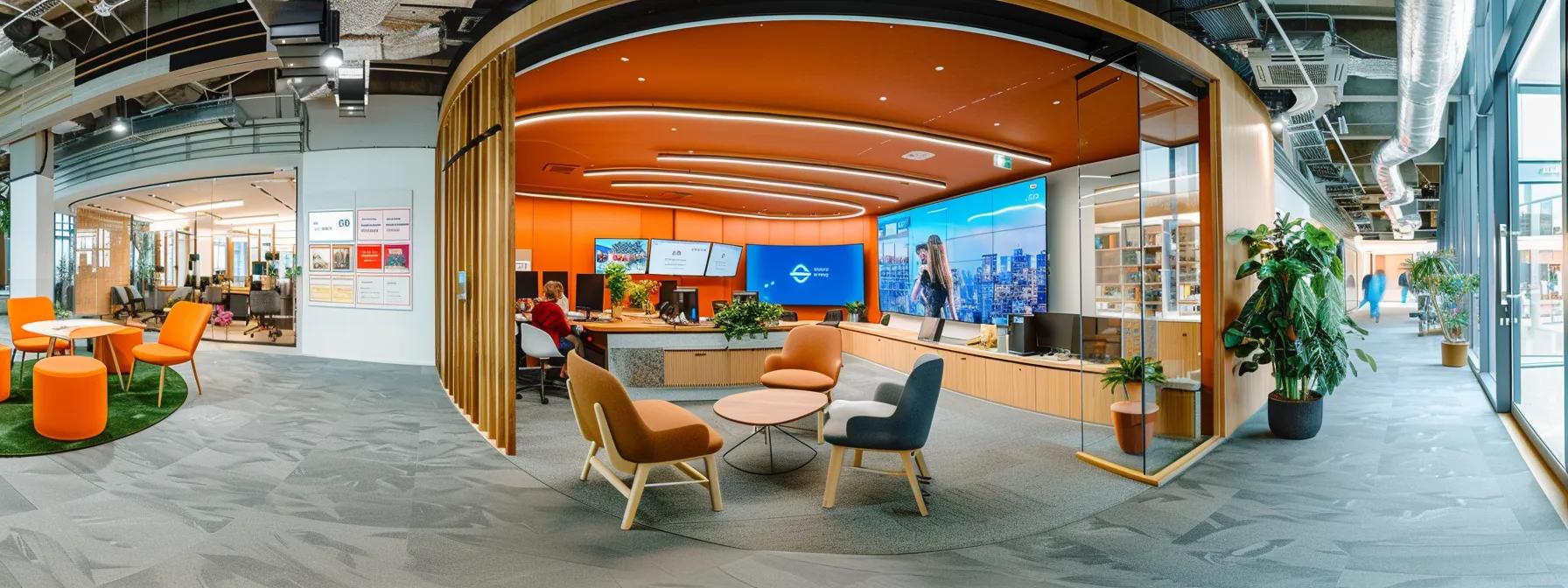
Within VA Pods, asynchronous work transforms traditional workflows by eliminating the need for simultaneous collaboration, thereby reducing stress and meeting fatigue. This model promotes autonomy, allowing each virtual assistant to concentrate on their assigned tasks without frequent interruptions from conference calls or synchronous meetings. As a result, task quality improves, cognitive load on the brain is reduced, and idle time is minimized—boosting both productivity and job satisfaction.
Asynchronous communication tools such as Slack, Threads, Trello, and Asana enable structured information sharing and real-time project updates without requiring everyone to be online simultaneously. These tools function as a digital thread pool for collaboration, helping employees manage tickets, track project management progress, and maintain visibility across asynchronous collaboration workflows. Unlike traditional project management software that often relies on constant check-ins, async-first platforms ensure that every message, file, or update is logged for transparency, accountability, and efficient onboarding of new hires.
This communication style also mitigates miscommunication caused by the lack of body language and behavioral cues that often complicate virtual meetings. Instead, written clarity becomes paramount—leading to higher message precision and better knowledge retention. Studies on async communication show that employees in remote work environments who rely on well-documented threads and knowledge-sharing systems experience up to 25–30% efficiency gains over time.
The benefits compound in hybrid and globally distributed teams where synchronization across time zones is impractical. Here, tasks are handed off seamlessly from one region to another, much like an agile relay race, supporting round-the-clock project execution. Moreover, this async cadence helps prevent groupthink by giving each team member the time and space to formulate thoughtful contributions without pressure to conform in real-time discussions.
Ultimately, adopting asynchronous work within VA Pods leads to a more focused, resilient, and performance-oriented work environment. By leveraging modern async collaboration frameworks, companies not only save time and resources but also enhance employee well-being and foster a stronger sense of community despite physical distance.
How Do VA Pods Facilitate Asynchronous Work Across Time Zones?
VA Pods harness a strategic distribution of team members across various global regions to enable continuous work cycles. This is achieved by layering schedules so that as one region finishes its day, another picks up the task. For example, a virtual assistant in Asia may complete morning tasks, which are then picked up by colleagues in Europe or the Americas later in the day.
Success in this model starts with clearly defined roles and responsibilities within each pod. Using detailed task lists, shared project documents, and centralized assignment systems, every member understands what is expected at every stage. Digital tools such as shared calendars, project management software, and online whiteboards keep the team aligned irrespective of the time differences.
Regular asynchronous check-ins, like daily summary reports or recorded weekly video updates, keep everyone on the same page without necessitating live meetings. A typical scenario might involve a task initialized in Sydney being advanced in London and finalized in New York, ensuring no downtime and an unbroken workflow. This system not only accelerates project turnaround but also reduces operational costs by virtually eliminating pause times.
How Do VA Pods Enhance Virtual Assistant Management and Task Delegation?
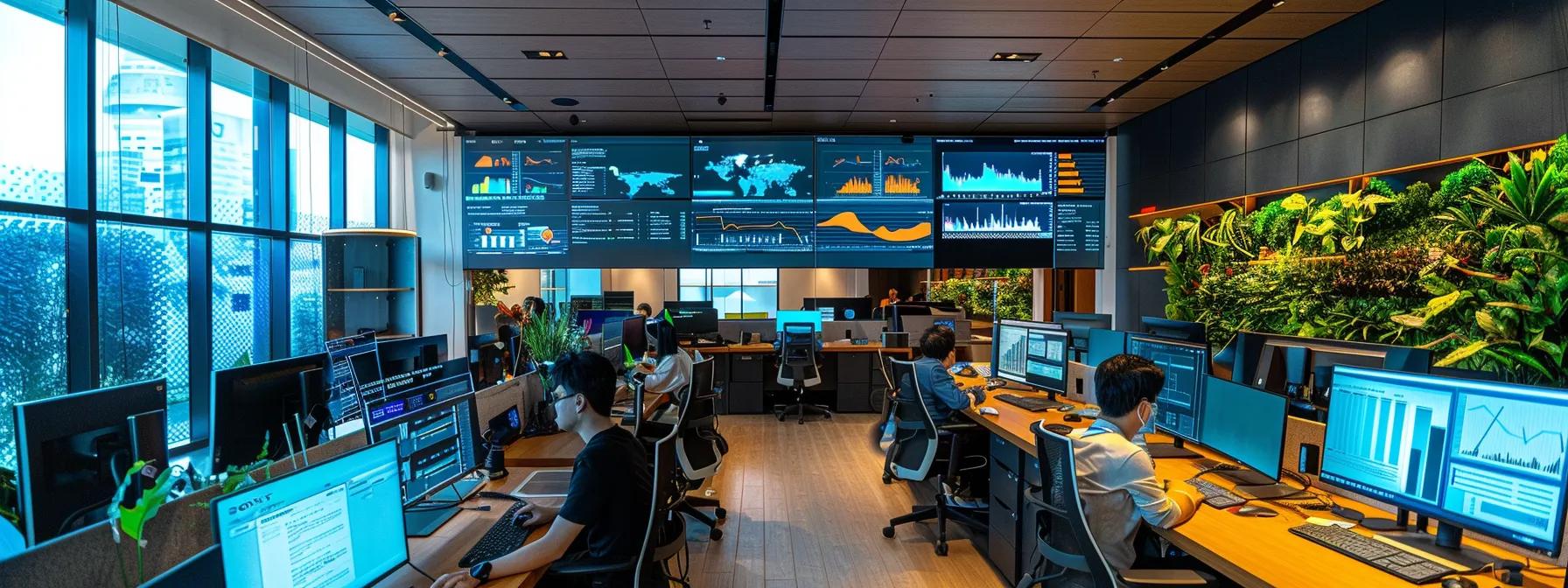
VA Pods streamline the management of virtual assistants and improve task delegation through structured communication and performance monitoring systems. A dedicated pod manager or team leader assigns tasks based on each assistant’s skills and availability, ensuring that work is handled by the most qualified individuals.
Management is supported by real-time dashboards and reporting tools that track individual and team performance. This allows managers to quickly identify bottlenecks or areas needing extra support and reallocate resources as necessary. Regular asynchronous updates and well-documented communication trails also facilitate accurate performance reviews and data-driven decision-making.
Best practices for task delegation in this setting emphasize immediate clarity and accountability. Each task comes with an estimated completion timeframe and regular progress updates, while comprehensive handoff documentation ensures smooth transitions between team members operating in different time zones. Additionally, key performance indicators (KPIs) such as task completion speed, error rates, and client satisfaction provide quantifiable metrics for assessing efficiency.

This structured approach not only simplifies task delegation but also enhances overall team performance, reducing miscommunications and significantly boosting the quality of work.
What Are the Cost and Scalability Benefits of Using VA Pods for Businesses?
One of the most compelling advantages of VA Pods is their cost-effectiveness and scalability. Compared to hiring full-time employees, VA Pods reduce overhead expenses such as office space, equipment, and benefits by utilizing remote talent pools from around the world. This global talent access often comes at competitive rates.
The flexible nature of VA Pods means that businesses can quickly adapt to seasonal peaks or changing project volumes. During busy periods, additional pods can be onboarded with minimal lead time and without the long-term commitments required for permanent staff. Conversely, during slower phases, companies can scale down without incurring significant severance costs. Many VA service providers offer fixed monthly packages with predefined work hours, which aids in predictable budgeting and financial planning.
Beyond cost control, the decentralized setup of VA Pods enhances scalability by allowing businesses to operate continuously across different time zones. This model facilitates rapid integration of new skill sets and technologies, which is particularly beneficial for sectors like SaaS, where customer support and technical troubleshooting are critical for growth.
How Do VA Pods Serve Specific Industries to Maximize Efficiency?

VA Pods are versatile solutions that can be tailored to meet the specific operational challenges of various industries. For marketing teams, VA Pods deliver specialized skills in content creation and social media management, ensuring consistent messaging and efficient campaign execution. These teams work closely with digital marketing managers to optimize lead generation and online engagement.
In e-commerce, VA Pods efficiently manage order processing, customer support, and inventory monitoring. Their continuous operations lead to quick resolution of customer queries, improved order fulfillment, and higher satisfaction rates. Real estate firms benefit from VA Pods by streamlining property listings, appointment scheduling, and client follow-ups, which speeds up deal closures and enhances client communication.
For startups, the lean and flexible structure of VA Pods allows for rapid scaling without the burden of permanent staffing. Meanwhile, in healthcare, specialized pods assist with appointment management, patient record maintenance, and compliance with regulatory standards, ensuring smooth and secure operations. industrial services also reap benefits from VA Pods through improved supply chain coordination, regulatory reporting, and vendor management, all of which contribute to greater efficiency and reduced administrative burdens.
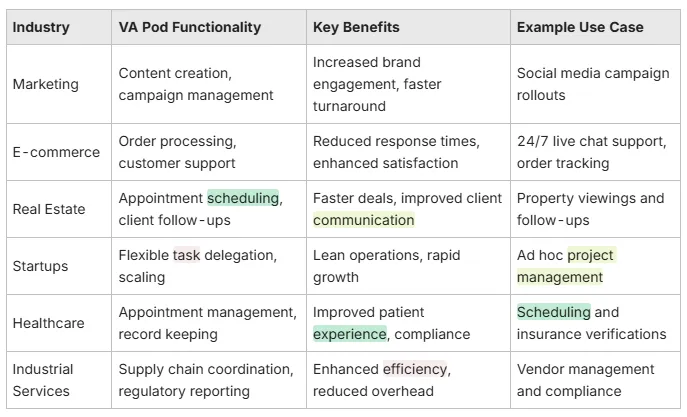
This industry-specific approach demonstrates that VA Pods provide customized and scalable solutions that drive operational improvements across diverse sectors.
What Are Real-World Examples and Case Studies Demonstrating the Async Advantage?
Real-world case studies highlight the tangible benefits of employing VA Pods with asynchronous operations. A mid-sized e-commerce company, for example, integrated VA Pods in its order processing and customer service teams, resulting in a 40% reduction in order-processing times and halved customer response times—outcomes that boosted overall satisfaction and repeat business.
Similarly, a real estate firm adopted VA Pods to manage property listings, client communications, and scheduling. Thanks to the seamless handoff between team members in different time zones, the firm experienced a 25% improvement in response times and significantly reduced administrative costs.
A marketing agency also reaped considerable rewards by using VA Pods for campaign management. With tasks such as creative briefs, drafts, and revisions handled asynchronously, the agency achieved a continuous workflow that cut overall campaign turnaround times while yielding higher-quality outputs. These examples illustrate how asynchronous VA Pods drive efficiency, cost savings, and rapid innovation across industries.
What Are Common Questions About VA Pods and Asynchronous Work?
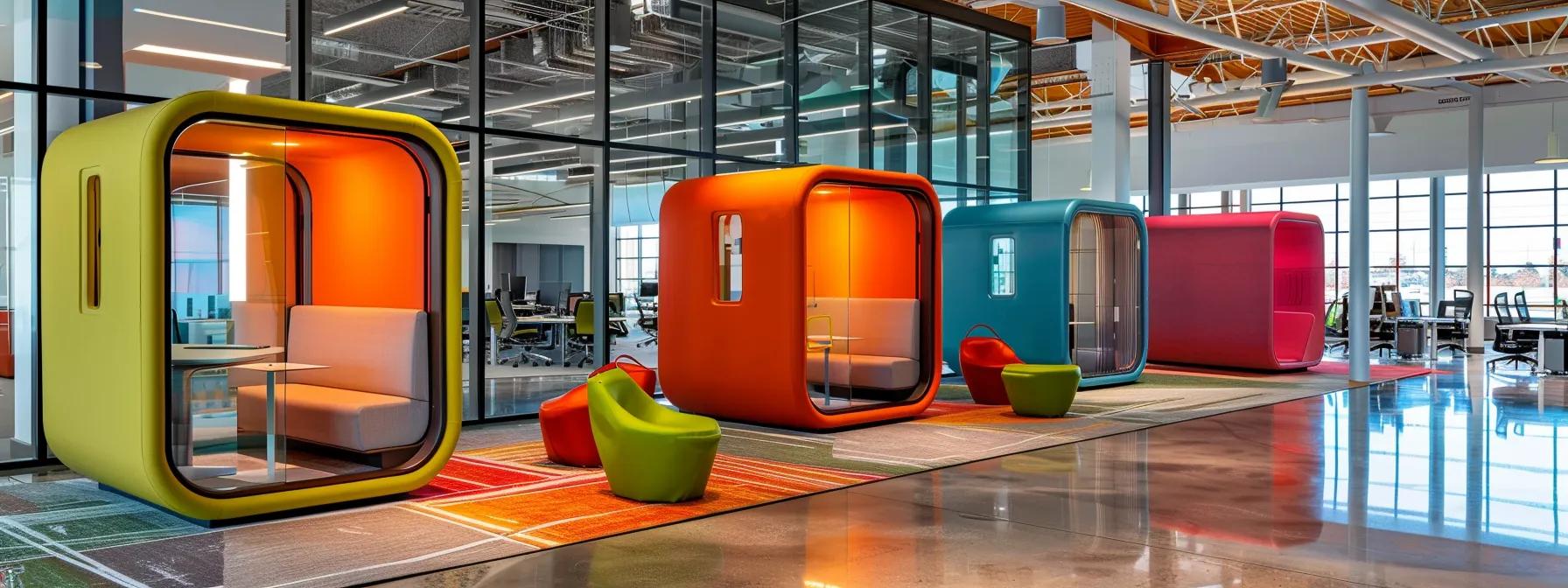
What Is a VA Pod?
A VA Pod is a structured team of virtual assistants working asynchronously to ensure uninterrupted business operations. Unlike traditional models where assistants work independently within fixed hours, VA Pods use coordinated task delegation, shared digital tools, and systematic status updates to maintain a 24/7 workflow.
How Does Asynchronous Work Improve Productivity?
By allowing team members to work during their peak productivity periods without waiting for synchronous interactions, asynchronous work minimizes delays and communication breakdowns. This leads to faster task completion and higher-quality, uninterrupted work.
What Tasks Can Virtual Assistants Handle in VA Pods?
Virtual assistants in VA Pods can manage a range of tasks including administrative support (e.g., scheduling and data entry), customer service, social media management, technical support, and specialized functions like content creation and market analysis. The flexibility of asynchronous workflows ensures tasks are assigned according to expertise and handled efficiently.
How Much Does a VA Pod Cost?
Costs vary based on the number of virtual assistants, their areas of specialization, and workload volume. Generally, VA Pods are competitively priced compared to full-time staffing, with many providers offering fixed monthly packages that include a set number of work hours for easier budgeting.
Can Businesses Scale VA Pods Easily?
Yes, VA Pods are designed to be highly scalable. Companies can adjust the number of assistants based on fluctuating demands, allowing for rapid scale-up during peak periods or scale-down during slower times without the long-term commitments of traditional staffing.
Frequently Asked Questions
Q: How do VA Pods differ from hiring individual virtual assistants? A: VA Pods are organized teams working asynchronously, which allows for seamless task handoffs across time zones. This ensures continuous, 24/7 operations with greater flexibility and efficiency compared to managing individual assistants with fixed schedules.
Q: What industries benefit the most from using VA Pods? A: Industries with fluctuating workloads or requiring round-the-clock support—such as e-commerce, real estate, marketing, healthcare, and industrial services—benefit significantly from VA Pods. These pods streamline management and improve operational efficiency across sectors.
Q: How is the productivity of VA Pods measured? A: Productivity is gauged using KPIs like task completion speed, accuracy rates, client satisfaction scores, and overall responsiveness. Digital dashboards and collaborative platforms help track these metrics, enabling data-driven performance improvements.
Q: What technological tools support asynchronous work in VA Pods? A: Tools such as Trello, Asana, Monday.com, Slack, Microsoft Teams, and Google Workspace support asynchronous workflows by ensuring transparency, timely updates, and effective collaboration across geographical divides.
Q: Are there any challenges when implementing VA Pods? A: While challenges such as clear communication and coordination across time zones exist, they can be managed with standardized protocols, regular asynchronous check-ins, and robust training programs. Ultimately, the benefits of cost efficiency and continuous operations outweigh these challenges.
Final Thoughts
VA Pods represent a transformative shift in managing virtual assistance. By embracing asynchronous work, businesses achieve 24/7 operational efficiency without being bound by traditional schedules. This model not only enhances productivity but also offers significant cost savings and scalability—key advantages for global operations. Embracing VA Pods allows forward-thinking businesses to maintain a competitive edge, streamline workflows, and leverage diverse, geographically distributed talent to drive continuous success.
Latest insights from our articles
Explore a collection of curated articles that keep you engaged and informed about the latest trends in social media marketing.
.jpg)
.png)
Streamline your startup's operations with these 10 automation and delegation strategies. Learn how to boost ROI, reduce burnout, and scale smarter before your next hire.

Discover why AI skills are essential for modern virtual assistants. Learn how AI literacy drives productivity, innovation, and value in digital operations for startups and enterprises.

Discover why a hybrid virtual assistant is the smartest first ops hire for fast-scaling startups. Learn how they streamline operations, tech, and compliance.


